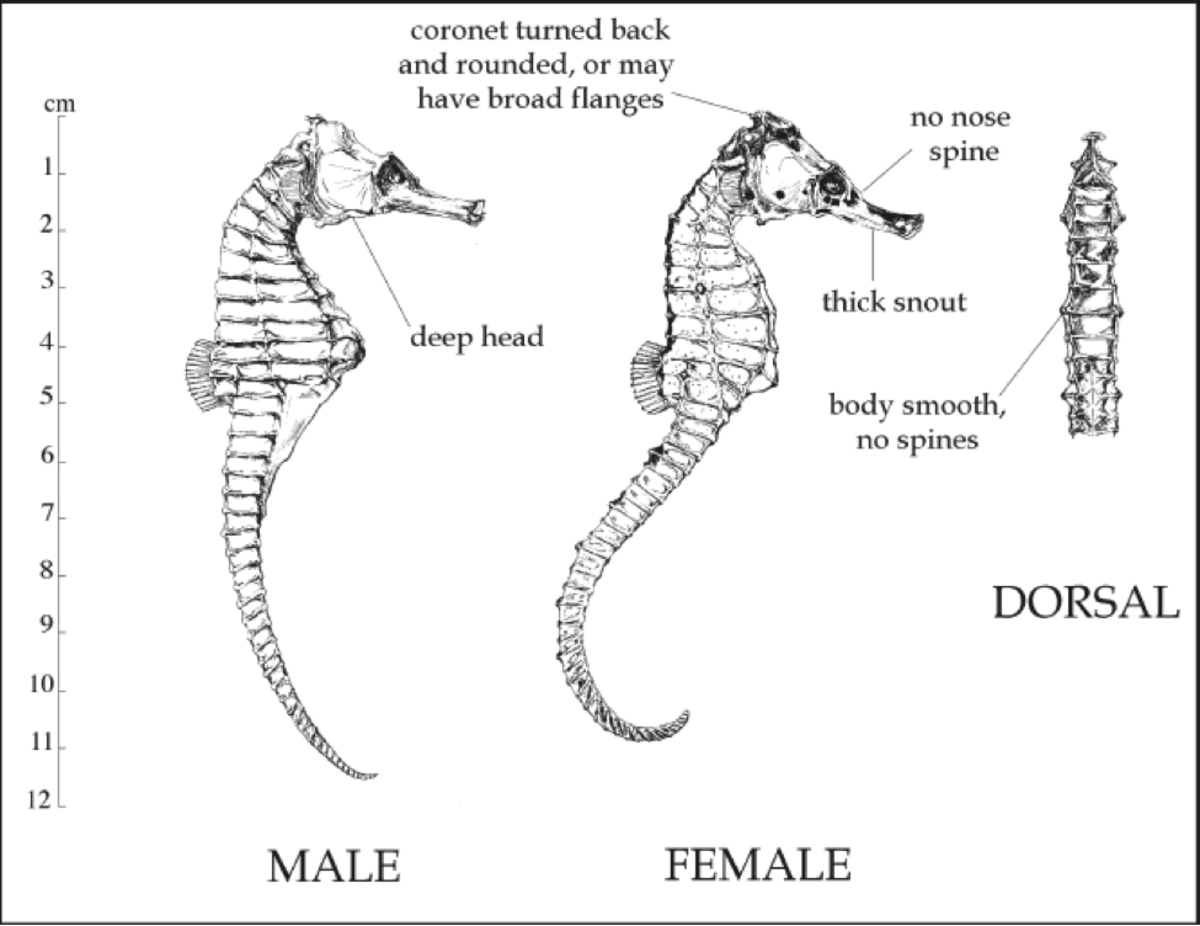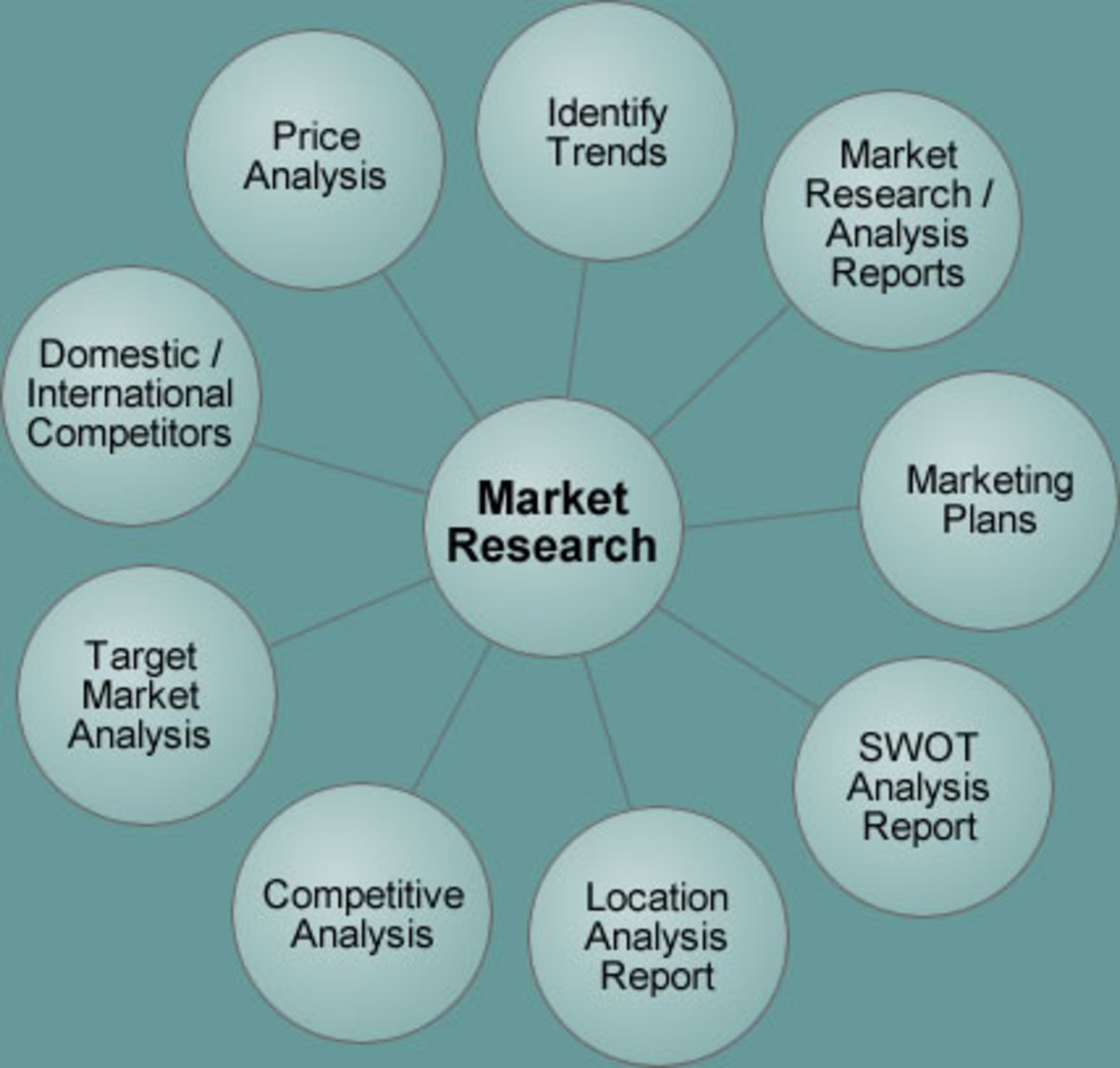How Research Improves Leadership

What is Research
In public administration, research is an important component whose role cannot be gainsaid. Research refers to a structured inquiry into an issue with a view to establishing facts, relationships and trends on specific issues (Osullivan et al, 2008). Carrying out a successful research involves identifying the research question or questions. The questions help to narrow down the inquiry to specific issues so as to focus the scope of the inquiry. In addition it is important to identify a research model to be used as a further guide to the researcher (Osullivan et al, 2008). This counts because no research is really carried out in isolation, but rather serves as a continuation of previous research carried out by other scholars. There are a number of research models that will be discussed in this paper from which the administrator can choose the one that suits him the most.
This paper is therefore a guide to researchers on what is involved in the process of carrying out the exercise successfully. The paper discusses quantitative versus qualitative research as well as meta-analysis. It also delves into the processes of identifying and formulating research questions. In addition the paper looks at different ways of sampling respondents and analysis of data using electronic methods. The paper limits itself to social research which is the most relevant to leadership.
Importance of Research to Leaders
Research helps to give insights into the factors that determine relationships between persons led (Osullivan et al, 2008). These factors are important for leaders in planning appropriate conditions under which the organization will work at a higher level of efficiency. It is not easy to guess people’s needs, it is much better to find out from them the issues that affect them and how they propose for these issues to be resolved (Osullivan et al, 2008). In case of a business organization, research helps to decipher what the customers want and enable the organization to package their products in the publicly desired manner. This ensures the success of the business especially considering that there is always competition given by rival businesses operating in the same market.
It costs money to carry out research and that is why many organizations avoid the cost that goes with it. However, organizations that regularly invest in research tend to perform better than those that don’t because they have an in-depth understanding of both the internal and external conditions under which they operate (Osullivan et al, 2008). They also tend to carry out better planning based on the facts that come from research rather than just relying on guesswork and undependable assumptions. Research is therefore of fundamental importance to administrators who wish to succeed.
Research Design
Exploratory research is a preliminary inquiry that is carried out for the sole purpose of identifying or defining a research problem (Osullivan et al, 2008). It helps to establish whether there is an issue worth researching on. It is sometimes referred to as a baseline survey. Constructive research is the next level which assesses theories and recommends solutions to specific problems (Osullivan et al, 2008). The third type is empirical research which uses a structured method of gathering data that can be tested by carrying out a similar research under similar conditions to verify its results. A research design can take any of these methods depending on the intentions of the person carrying out the study (Osullivan et al, 2008).
Moreover, the research can either be qualitative or quantitative. Qualitative research seeks opinions, explanations and reactions from the subjects of the research rather than mere facts (Osullivan et al, 2008). This helps to give the research a more in-depth perspective rather than just main points. This is achieved through the use of open ended questions that allow the respondent to express himself rather than just give a yes or no answer. Exploratory research and some constructive research generally employ the qualitative approach (Osullivan et al, 2008).
Quantitative research on the other hand employs the use of closed-ended questions that either require yes or no answers or have set choices from which the respondent picks one, or more responses that they agree with (Osullivan et al, 2008). The important thing is that the responses are structured in such a way that they can easily be expressed in the form of numerical value. Numbers and percentages are generally easier to work with when giving results. Empirical research is usually carried out in this form.
Descriptive research aims at observing phenomenon the way they are without changing anything (Osullivan et al, 2008). The aim of this kind of research is to help in understanding the way things are and to identify relationships that exist between them. For instance, a social researcher may wish to find out why persons in a certain area prefer private to public education. The aim is not to manipulate the current beliefs of the subjects of the research, but simply to observe the situation as it is on the ground, draw inferences from it and leave it the way it is.
Descriptive research can be cross-sectional or longitudinal (Osullivan et al, 2008). A cross-sectional study involves a onetime interaction with subjects while a longitudinal research involves continuous interaction over a lengthy period of time (Osullivan et al, 2008). This type of research is typically qualitative in nature.
Explanatory research is aimed bringing out the reasons for events and phenomena. This helps people to understand their environment and how things work in it (Osullivan et al, 2008). Such includes scientific research which involves carrying out experiments that can be carried out by subsequent researchers. They are usually empirical and well structured.
However, non-experimental research also falls in this category such as most of social research which seek to explain social phenomena and relationships (Osullivan et al, 2008). Experimental research by its very nature involves manipulating elements to see if the desired results can be achieved. This is what is done in the lab by natural scientists. However social scientists have tried to reproduce a similar process by having variables which are manipulated to test hypotheses thus either confirming or dismissing the hypotheses.
In order to carry out experimental research, a control group is sometimes employed that is not subjected to the same conditions as the target group. The results for both groups are then compared (Osullivan et al, 2008). For instance, children who are taught by an adult how to use a toilet and those who are trained by watching a video are compared to see if a human instructor is more effective.
Research Questions, Variables and Sampling
Since research is in itself an inquiry, it has to have some questions that need to be answered. Such are referred to as research questions (Osullivan et al, 2008). They are formulated in such a way that the responses they elicit from the targeted population help to answer the fundamental issues which the researcher wishes to know about (Osullivan et al, 2008). A researcher may wish to know why people prefer to train for certain jobs and not others. This main research question is then broken down into many fairly simple questions, in the form of a questionnaire that leads the respondents to give information on which jobs they prefer and why.
Research is carried out based on hypotheses. A hypothesis is a testable prediction that the researcher has about what he is inquiring into which he believes that the research will prove to be true (Osullivan et al, 2008). Going by our earlier example a researcher may proceed on the assumption that people prefer to train for certain jobs because they tend to offer higher incomes. The hypothesis would then be: People prefer to train for jobs that offer higher incomes. Hypotheses are made up of variables. Variables are factors that change when circumstances are manipulated (Osullivan et al, 2008). In the above hypothesis preference is a variable and higher pay is another variable. Where pay is reduced, then preference is reduced and vice versa.
Data Collection
There are many ways of collecting data. Data is the information sought through the research and must be gathered through valid and reliable research instruments (Osullivan et al, 2008). Such instruments include questionnaires, voice recorders and cameras as the need may be. Questionnaires are of fundamental importance since they have the specific questions that the targeted respondents will be answering (Osullivan et al, 2008). This can later be used to verify the results of the research by posing the same questions to the target population if need be.
As stated earlier, the questions may be open or closed ended depending on the orientation of the research whether qualitative or quantitative (Osullivan et al, 2008). It should be noted here that a combination of qualitative and quantitative questions may be used at the same time depending on the specific needs of the researcher. In an online questionnaire for instance there may only be quantitative questions, so as to ensure a higher response rate since the respondents merely choose the answer closest to their thinking (Osullivan et al, 2008). A face-to-face interview on the other hand may have more room for discussion and hence open ended questions may be used, even if they are combined with some closed ended ones.
There are two types of data: secondary and primary (Osullivan et al, 2008). Secondary data consists of the information collected from previous publications directly relating to the issue of inquiry in questions (Osullivan et al, 2008). Sources of such data may be previous research carried out on similar topics or books dealing with similar issues. No research is carried out in isolation but is a buildup on similar inquiries carried out on similar or related issues.
The secondary data gathered in this way is usually referred as literature review or simply as secondary data. Primary data is the actual information gathered from the respondents targeted by the research itself (Osullivan et al, 2008). The aim of most research is to collect primary data as this is what is new and will add insights in the specific situation. Secondary data may give a general guide on prevailing trends but only primary data will provide the correct data on the specific targeted situation (Osullivan et al, 2008).
Data Analysis and Interpretation
Once data is gathered it then has to be interpreted. Interpretations means creating a general understanding of what the data gathered means (Osullivan et al, 2008). Data can be interpreted in many ways, including the use of percentages, tabulation and simple explanations. The important thing is that the presentation should be simple to follow and concise (Osullivan et al, 2008). The arguments presented should also be easy to understand and supported by the data gathered. If the evidence gathered does not support the hypothesis then no attempts should be made to contrive the data to appear to do so. In other words data should be interpreted the way it is and not the way anyone wishes it to be.
Communicating Findings
The findings of the research are then discussed. It is through the discussion that the researcher convinces his readers that the data gathered has proved his hypothesis or otherwise (Osullivan et al, 2008). The main assumption of most people is that the research hypothesis must be proven by the research itself. This is not always the case since at the hypothesis is just an assumption and may as well be proven wrong when the research is carried out (Osullivan et al, 2008).
Therefore, in the discussion the researcher will readily admit the areas in which the research did not agree with his set hypothesis and the areas in which they tallied. Such inconsistencies may lead to opening other avenues for future research (Osullivan et al, 2008). The discussion section is usually much longer than the results section in which the basic results are given. This is because all the explanations of what was involved in the research and the findings are given here. Moreover this is the section in which the person who ordered or paid for the research, if he is different from the researcher himself, will get a full report of the findings and their implications.
However, at some point the researcher must acknowledge his limitations and weaknesses that may have affected the outcome of the research. These will act as guidelines to pitfalls that should be avoided in case a similar research is to be carried out by someone else in future (Osullivan et al, 2008). The researcher must also endeavor to give recommendations for further action or future research. The recommendations are important in that they also open an avenue for further action following the conclusion of the research. (Osullivan et al, 2008).
It is important in the communication to include presentations in tabulated and graphical forms since these are easier to understand and deliver a clear message that is reader friendly due to its brevity (Osullivan et al, 2008). Furthermore, graphics make for a more professional outlook rather than mere words (Osullivan et al, 2008).
Conclusion
Research is an important means of gathering information that may help a person to understand his society. For a leader it is particularly important to help him understand trends which help in making specific decisions. The search must be carried out in a structurally acceptable manner and using reliable and valid instruments. Moreover, the findings of the research must be presented in a manner that is easily understood by those who will benefit from its findings.
Organizations invest money and time in research, to enable them operate more efficiently and profitably in case they are in the business sector. Moreover, effective leadership emanates from a clear understanding of the persons being led and the relationships that define their interdependence and working conditions. Just like planning is important for success, research is important for planning purposes.
Reference
Osullivan, E.; Rassel, G. R. & Berner, M. (2008). Research Methods for Public Administrators. Pearson Longman 5th Ed, pp 4-167.








